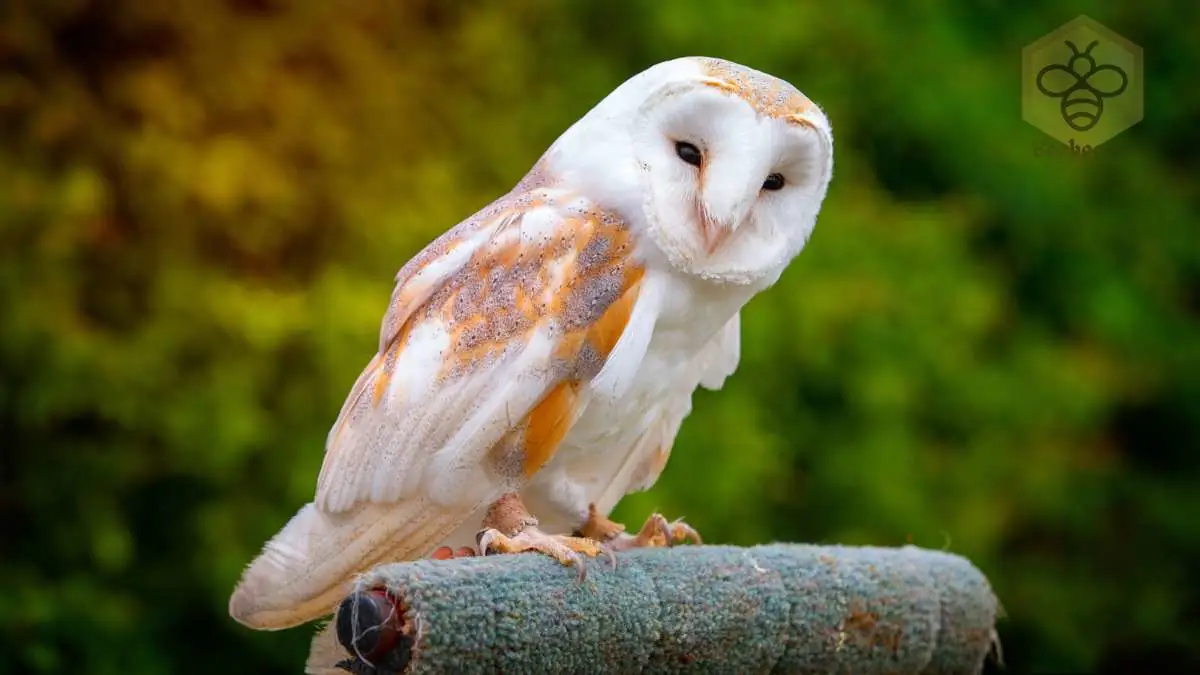Barn Owl: The Silent Hunter of the Night
Barn Owl
Introduction
The barn owl, with its heart-shaped face and silent flight, is one of the most recognizable and widespread owl species in the world. Known for its eerie calls and exceptional hunting skills, this nocturnal bird plays a crucial role in controlling rodent populations.
Scientific Overview
Scientific Name
Tyto alba
Common Name
Barn Owl
Scientific Classification
Types
There are numerous subspecies of barn owls, adapted to various habitats across their global range.
Habitat and Distribution
Barn owls are found on every continent except Antarctica.
- Preferred Habitats: Open grasslands, farmlands, deserts, and woodlands.
- Geographic Range: Global distribution, including North and South America, Europe, Asia, Africa, and Australia.
- Roosting Locations: Abandoned buildings, hollow trees, caves, and barn lofts.
Physical Characteristics
Size and Weight
- Length: 13–15 inches (33–38 cm).
- Wingspan: 31–37 inches (80–95 cm).
- Weight: 0.9–1.4 pounds (400–650 grams).
Appearance
- Plumage: Golden-brown upperparts with white to cream underparts, often speckled with black spots.
- Face: Distinctive heart-shaped facial disc that aids in sound localization.
- Eyes: Dark and round, perfectly adapted for night vision.
Diet and Feeding Habits
Barn owls are carnivorous, specializing in small mammals.
- Primary Diet: Rodents like mice, rats, and voles.
- Occasional Prey: Small birds, reptiles, and insects.
- Hunting Method: Use of exceptional hearing and silent flight to locate and catch prey in total darkness.
Predators and Threats
While adult barn owls have few natural predators, their eggs and chicks are vulnerable.
- Natural Predators: Eagles, hawks, and large snakes.
- Threats:
- Habitat destruction due to urbanization and agriculture.
- Pesticides reduce prey availability.
- Collisions with vehicles.
Reproduction, Chicks, and Lifespan
Reproduction
- Mating Season: Varies by region but typically occurs in spring and summer.
- Courtship: Involves vocalizations and aerial displays by the male.
Chicks
- Eggs: Females lay 4–7 eggs per clutch.
- Incubation Period: About 29–34 days.
- Chick Development:
- Chicks are covered in white down and depend entirely on their parents.
- Fledge after 50–55 days.
Lifespan
2–4 years in the wild, up to 20 years in captivity.
Population and Conservation Status
- Global Status: Least Concern due to widespread distribution.
- Regional Challenges: Declines in certain areas due to habitat loss and pesticide use.
- Conservation Efforts: Installation of nest boxes and habitat restoration projects.
Behavior and Lifestyle
Nocturnal Lifestyle
- Activity: Active during the night, particularly at dusk and dawn.
- Roosting: Spend the day resting in sheltered locations.
Social Behavior
- Territorial: Defend nesting sites aggressively during the breeding season.
- Solitary: Outside of breeding, they are generally solitary.
Ecological Role
Barn owls play an essential role in ecosystems by controlling rodent populations.
- Pest Control: A single barn owl can consume up to 3,000 rodents annually.
- Indicator Species: Their presence indicates a healthy environment.
FAQs About Barn Owls
- Why are they called “silent hunters”?
Their specialized feathers allow them to fly without making a sound, making them incredibly stealthy predators. - Do barn owls mate for life?
Yes, they are generally monogamous and form strong pair bonds. - What is the purpose of their heart-shaped face?
It functions as a sound collector, funneling noises to their ears for precise sound localization. - Are barn owls endangered?
Globally, they are not endangered, but some regional populations face threats due to habitat loss. - How do barn owls adapt to urban areas?
They use buildings like barns and abandoned structures for nesting and roosting, adapting well to human-altered environments.
Conclusion
The barn owl is a captivating creature, known for its silent flight, haunting calls, and vital role in pest control. Found across the globe, this owl thrives in diverse habitats, from farmlands to urban areas. Conservation efforts ensure that these remarkable birds continue to thrive and enchant us with their mysterious beauty.
